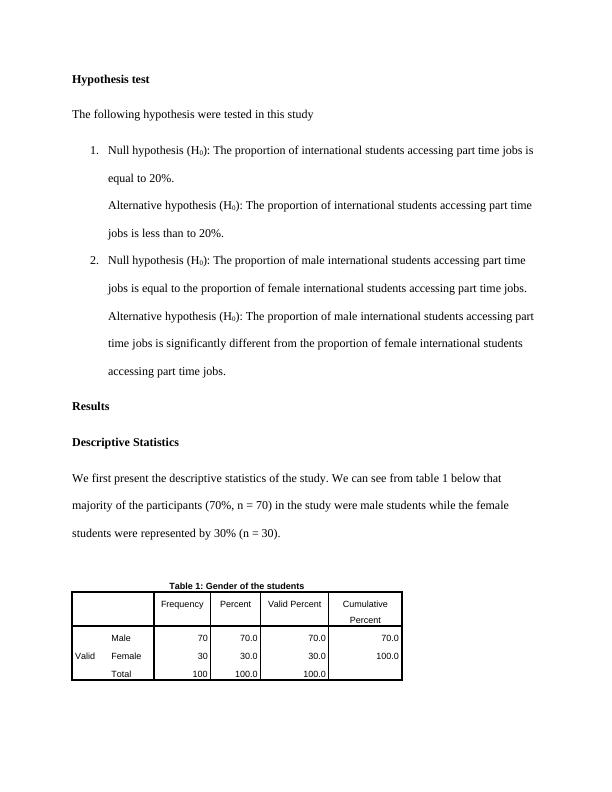Business Research and Decision Making Student Name: 27th November 2018 Course Number: 27th November 2018
Added on 2022-01-07
6 Pages965 Words268 Views
End of preview
Want to access all the pages? Upload your documents or become a member.
Gender of the Respondents | Docx
|6
|725
|132
Data Analysis (SPSS)
|8
|515
|456
Work Time Return in Knee Replacement & Interpretation
|17
|1865
|63
Evaluation of customers’ behavior towards online shopping
|14
|2367
|43
Statistics: Analysis of Employee Engagement and Workload at Indigo Insurance Company
|6
|1012
|370
Study Material for Assessment
|12
|1561
|77



